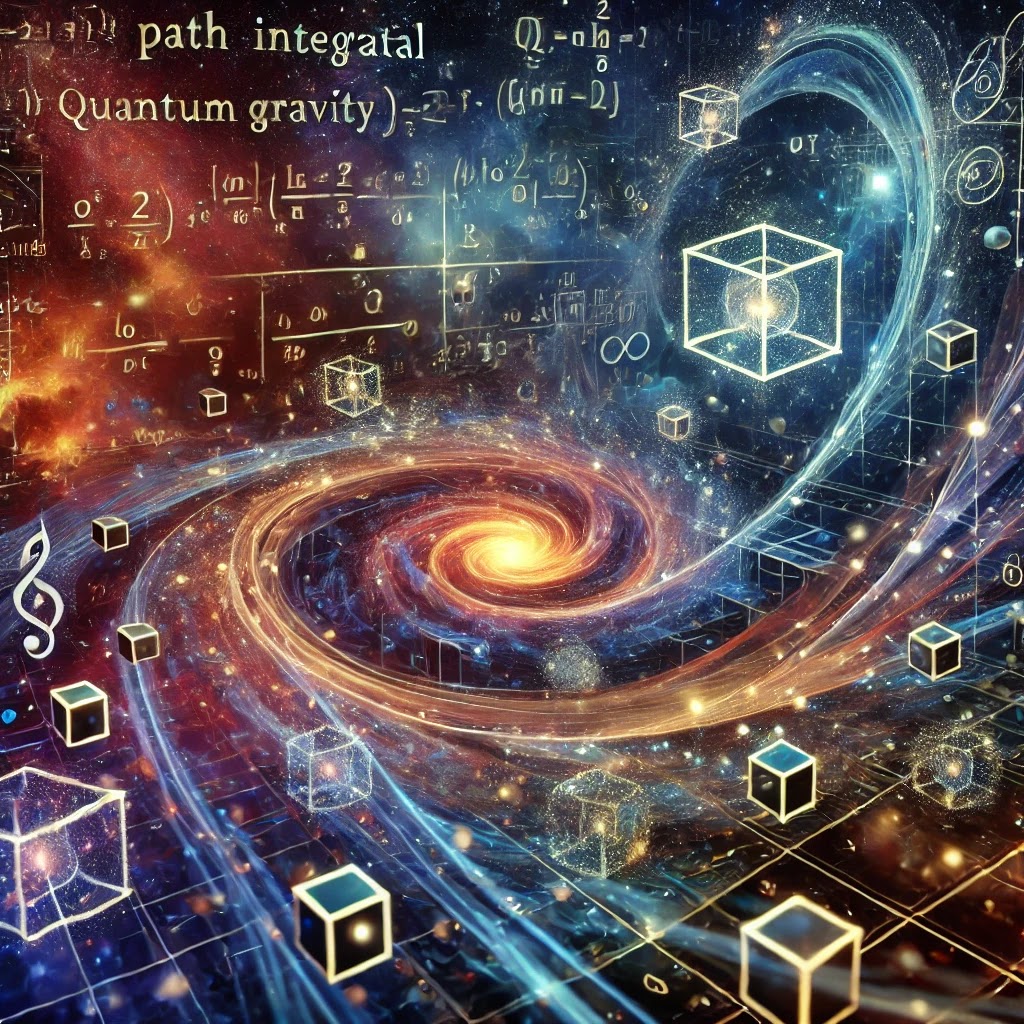
Advanced Energy Storage and Transmission Advanced Energy Storage and Transmission Concepts In this post, we apply the concepts of perturbative forces and geodesic equations to static electricity, wireless energy transmission, atmospheric energy storage, and higher-dimensional energy storage in water molecules stabilized by salt. Below is an explanation of each case. 1. Static Electricity and Perturbative Forces In the context of static electricity, the force between two charges can be modeled using Coulomb's law: $$ F_{\text{elec}} = k_e \frac{q_1 q_2}{r^2} $$ Where: $ F_{\text{elec}} $ is the electrostatic force, $ k_e $ is Coulomb's constant, $ q_1 $ and $ q_2 $ are the charges, $ r $ is the distance between the charges. The perturbative force due to inhomogeneous charge distributions can be expressed as: $$ F_{\text{elec, p...



